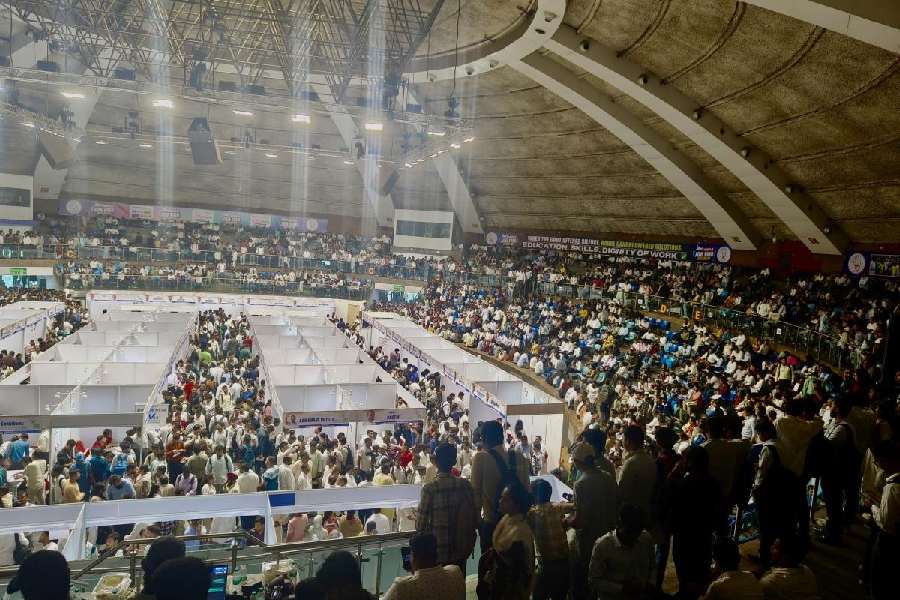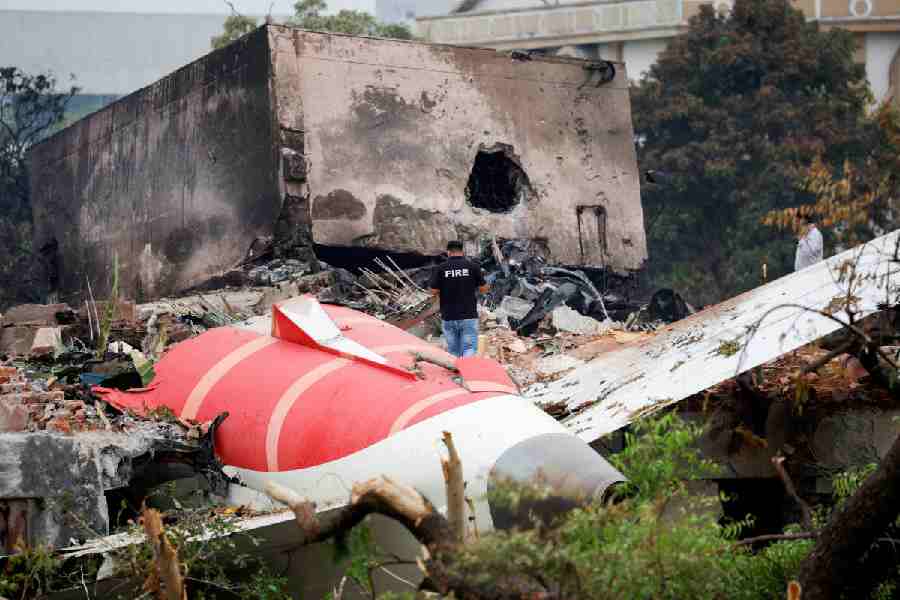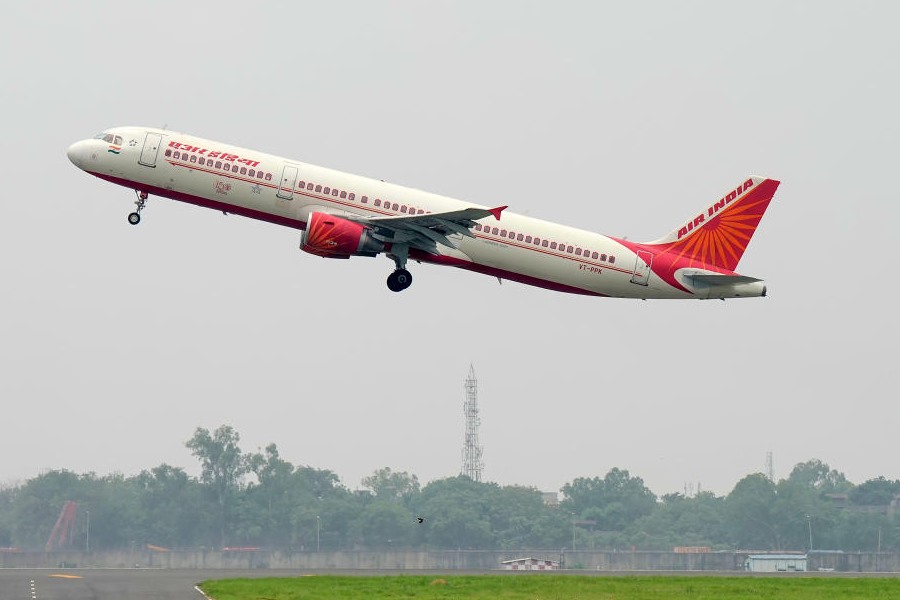
Ranchi, Jan. 15: Tata Steel's Noamundi iron ore mines in West Singhbhum will become India's first to get drone monitoring, a heartening step for mining safety in the state at a time the December 29 cave-in that killed at least 18 workers at an Eastern Coalfields mine in Lalmatia, Godda, is fresh in public memory.
Drone Application in Mine Monitoring (DAMM) at Noamundi mines will be launched by Union ministry of mines secretary Balvinder Kumar tomorrow, the company has said.
Indian Bureau of Mines controller-general and controller of mines R.K. Sinha and A.B. Panigrahi, will be present, as will Tata Steel executives Rajeev Singhal, Pankaj Kumar Satija and Manish Sharma, vice-president (raw materials), general manager (ores, mines and quarries), and chief of regulatory affairs, respectively.
Tata Steel's Satija told The Telegraph that the primary objective of this application at Noamundi was to monitor the mining area, inspect lease boundaries and safety zones, count vegetation in reclaimed areas and profile quarries and dumps. "DAMM will be an exciting new step towards digital mining initiatives," he said.
Under the flagship Make in India scheme, Prime Minister Narendra Modi had emphasised on the role of space science for good governance last year, based on the vision of which the Union ministry of mines conceptualised and launched Mine Surveillance System or MSS, a satellite-based monitoring system through automatic remote sensing detection technology for responsive mineral administration to curb illegal mining, on October 15, 2016.
The DAMM is a step forward in that direction.
Otherwise too, Tata Steel's Noamundi iron mine, one of the oldest leased out to Tata Steel, which supplies ore to the steel major's plants in Jamshedpur, Kalinganagar (Odisha) and its subsidiaries, has pioneered adopting modern technology in its operations. Under digital initiatives, the mine recently implemented mobile-based mine planning, short- and long-term technology-driven mine planning system.
The mine was also awarded five-star rating by the bureau of mines under sustainable development framework.
But, as the recent Lalmatia tragedy showed, mine hazards are a prime concern in Jharkhand, where significant reserves of coal, iron ore, bauxite, copper, manganese, limestone, among others, are available.










